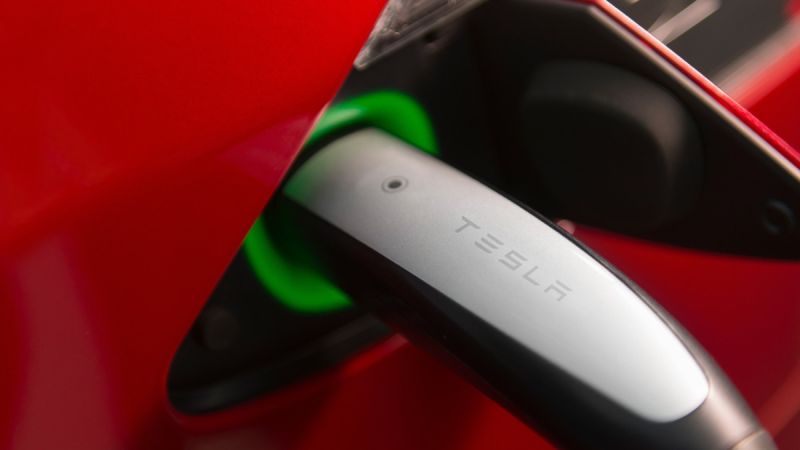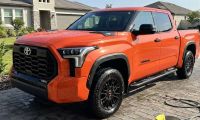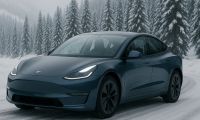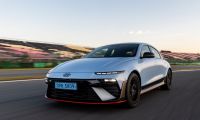The latest version of the Tesla mobile application includes a section that shows the car recharging statistics, which lets you know - apart from the monthly cost of charging - the savings made as compared to an ICE (gasoline/diesel) car. This new feature is only available for Model 3 and Model Y owners, although it is expected to be soon implemented in the other two Teslas, Model X and Model S.
The new Charge Stats is finally here with Tesla iOS app v4.5.1! Check out my charging for the last 31 days… pic.twitter.com/h2oAu4lC2b
— Brandonee916 (@brandonee916) January 29, 2022
Tesla has always considered very important to show its customers the huge savings that the very use of its BEV (Battery Electric Vehicle) cars represents for them as compared to similar cars powered by fossil fuels. As a matter of fact this information used to be normally displayed as part of the vehicle price for many years in the configurator section on Tesla website. It was considered by some critics a somewhat controversial marketing tactic since these "potential gas savings" obviously depended, and still depend, on many different factors.
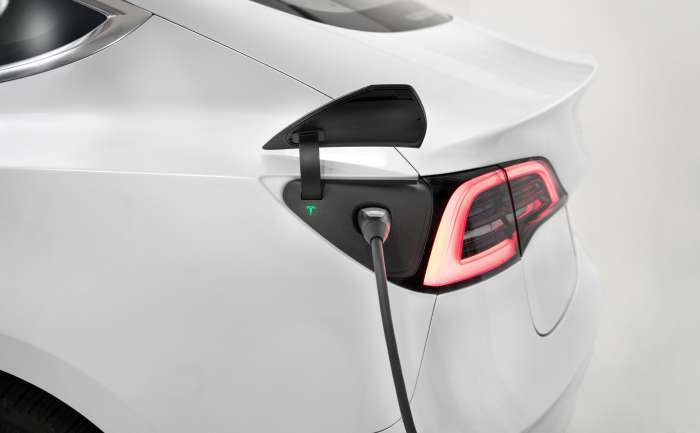
So after some complaints about the issue Tesla stopped showing the potential gas savings in all versions of the on-line configurator for a while, on the markets it was operating at the time. Then in 2018 the feature appeared again, at least in the US version, in which the gas savings are still maintained as of today, and in which an asterisk is added indicating that, for example in the case of the Model Y, a "potential discount of $4,300" is included. Some consumer protection agencies have asked Tesla to stop this marketing practices, as they still consider them controversial.
Ok this is super cool @elonmusk. The new charge stats in the @Tesla app can be linked to the Tesla energy time of use data to help track energy costs based on time of day! pic.twitter.com/jyS8WRKrox
— James Locke (@arctechinc) January 29, 2022
Now Tesla has found a new way to show this information, which they consider very important, by using the mobile application: it is possible to manage, among many other things, the recharging operations. Tesla has included a new section called "Charge Statistics" (Charge Stats), a new feature that is not mentioned in the modification notes of the latest version of the app. In fact some owners had to resort to the "app store" in order to re-install it, since the update still could not be seen.
Once you have this latest version of the app, and at the moment only for the case of Model 3 and Model Y (it is expected that it will also be available soon for Model S and Model X) you have to scroll down in the options menu up to where this section appears.
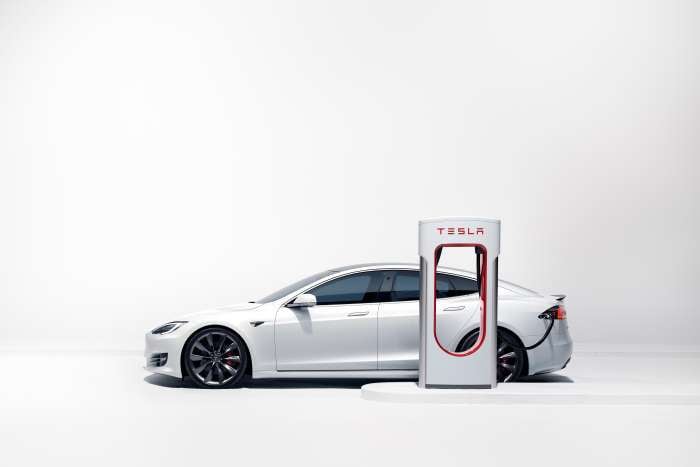
Once you get to access the app, you can see the breakdown of each charging made during the last month. The app offers three possible sources for recharging, and basically configures the data origins for each one of them: these sources being "Home", "Superchargers" and "Other Charging Networks". For Home charging you can add the energy supplier (utility company) and the rate applied at all times so that the data is as accurate as possible. The configuration is similar for charging made on networks outside of the Tesla system, while in the case of Superchargers it is an automatic feature.
NEWS: Tesla Mobile App Now Shows Charge Stats, Ability to Set Charging Costshttps://t.co/9ZxVKlpaEE
— Sawyer Merritt (@SawyerMerritt) January 29, 2022
Once the application is configured it shows on screen a summary of the kWh charged during the last month, along with the price paid. In a bar graph the sources of charging are identified, each one in a different color, and with the percentages of actual use added. Also included is a feature that estimates the savings that have been generated as compared to the use of a combustion engine car. Finally, at the bottom the average cost per KWh is shown, depending on the energy sources.
All images courtesy of Tesla Inc.
Nico Caballero is the VP of Finance of Cogency Power, specializing in solar energy. He also holds a Diploma in Electric Cars from Delft University of Technology in the Netherlands, and enjoys doing research about Tesla and EV batteries. He can be reached at @NicoTorqueNews on Twitter. Nico covers Tesla and electric vehicle latest happenings at Torque News.


